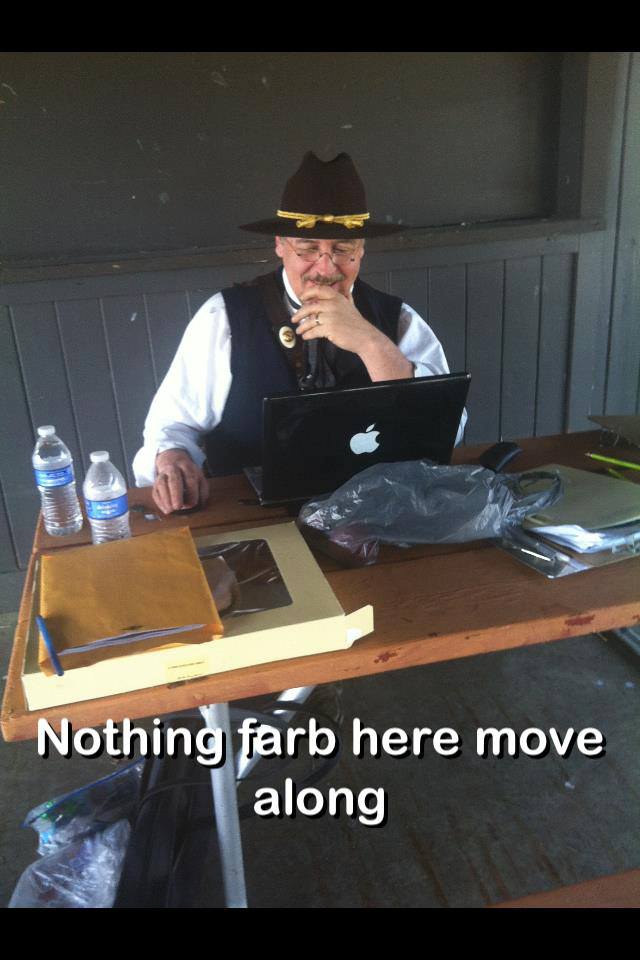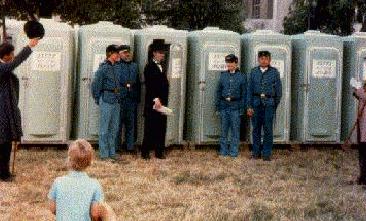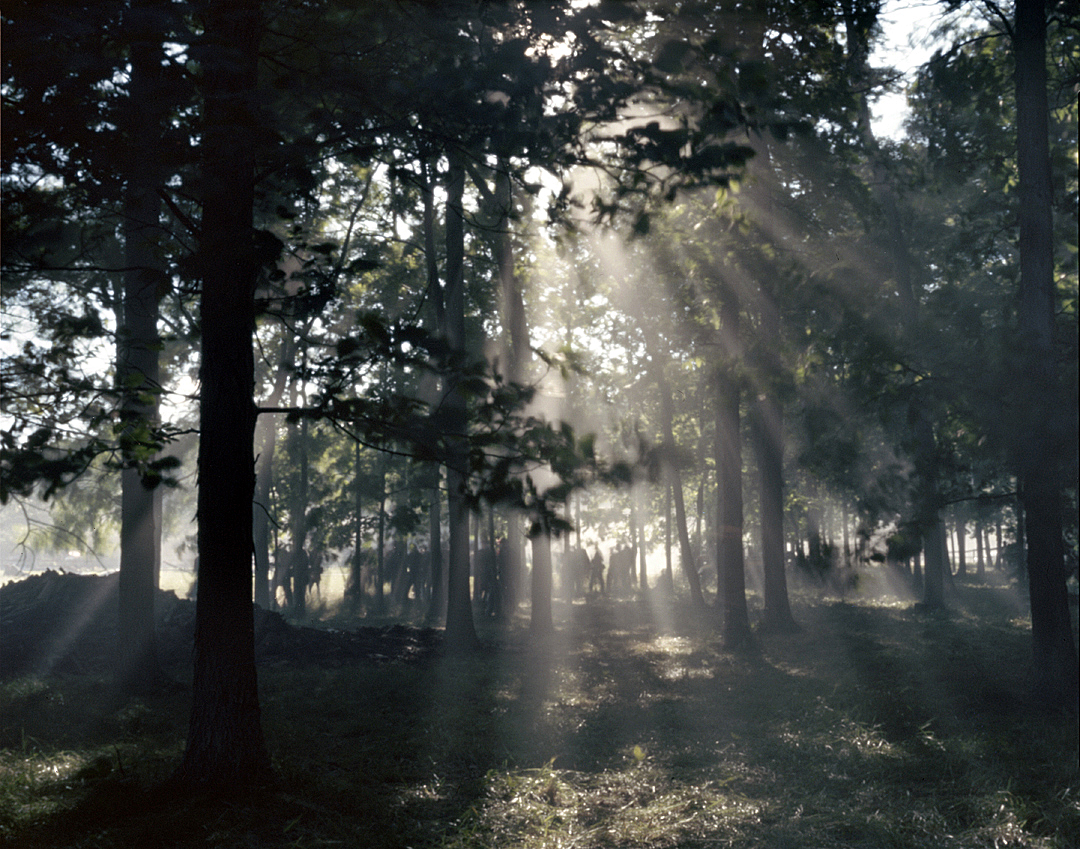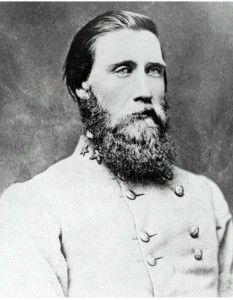
A very young, very smooth-faced, and very farby me as a private in the 3rd Pennsylvania Heavy Artillery, Battery B
As my final passion post of the year, I felt it would be appropriate to close with a summary of what this wonderful hobby has done for me over the years. Reenacting’s been a pretty long road for me. When I first started off, I was a shy little pre-teen kid who barely had a uniform put together. I joined up with a unit from the nearby town of Boalsburg and manned an artillery piece. I was really quiet at that stage of my life, both outside reenacting and inside. When I went to a reenactment, I generally would keep to myself and not talk much. When I did, I was usually so petrified of social interaction that I would stumble over my words and seem silly. Yeah, I was only a kid then, but still, I was pretty awkward.
As the years went on, I met more people within the hobby and actually found myself making friends. I met other reenactors my age and started to make some pretty strong bonds with people. I think it was at this point that I really started to learn the idea of social conversation and finesse. Honestly, I credit my younger years in reenacting with teaching me how to be more socially outgoing. Reenacting can be a pretty social thing to do. You communicate with your friends in your unit, people in other units, and the spectators who come to see you. Around the age of fifteen, I got the (looking back, rather silly) idea into my head to form my own unit and be an officer.

Me on the far right in command of a company. Too much hair, too high of rank, and not enough facial hair…
For a year or two, I served as a captain in command of a small company. Granted, I was pretty wet behind the ears and had no business being an officer yet, but alas! the foolishness of youth. Yet in this capacity, I found myself attending officers’ meetings, coordinating with other company commanders and battalion commanders. I had to conduct myself, even at that young age, in a fairly professional manner (the officer life is very politicky). I think it was that sort of interaction that I found myself in that really taught me how to obtain a professional attitude when I needed one and how to interact with superiors and peers.
After a couple years wearing some gold bars on my shoulders, I figured it would be best to just step back into the ranks and be a regular old private. True, the uniform isn’t as sexy, but things are more fun and there’s nowhere near as much responsibility! Even so, I continued to grow personally and socially. I made so many networking connections through these years in reenacting. By meeting new people at each event, hanging out with them, and marching alongside them, I tied myself to people I never would have known without reenacting. For instance, through reenacting I met a real British person for the first time! A real Brit! (Understand, I come from a very rural place that doesn’t get many outsiders). I met numerous specialists in the field of historical interpretation, where I very well may make my career. I got in touch with so many interesting people. Hell, I met my best friend through reenacting. My boy Chase Hornberger and I go way back. That kid’s like a brother to me. We’ve shot at each other, we’ve had fist-fights together, we carried each other out of battle when one of us was wounded. I must say, reenacting set me up with a pretty cool friendship.
Today, reenacting is still doing me some wonders. The volunteer work I did and leadership skills I developed through the hobby has taken me far. You better believe that on my application to PSU, I mentioned the fact that I’m basically an amateur history teacher and I have commanded a twenty-man company. The strong background into historical research methods that the hobby taught me has given me an edge in the pursuit of my history degree. I think the coolest thing reenacting has done for me, though, has just recently come to fruition. Thanks to the capabilities of historical instruction and education that my dearly beloved hobby has taught me, I received a position as an intern this summer at Gettysburg National Military Park.

When I’m out there educating the public on those hallowed fields this summer, I’ll have the wearing of that old blue coat to thank.
I don’t think I ever could have gotten such an amazing opportunity were it not for the social and interpretive skills that reenacting has taught me. Reenacting has taken me pretty far thus far. Having it in my life in the developmental stages of my teenage years I think really influenced for the better the sort of person I am and what I am capable of society. But just because I’m in college now and my career – whatever it may be – looms over the horizon, that doesn’t mean I intend to lay my rifle down and hang up my hat! As long as I can, I hope to keep getting back out in the field with all my friends for a nice long trip back into history. No matter what sort of attire I end up wearing for my career – be it a black suit and tie of a government man or the forest green trousers and gray shirt of a NPS park ranger – part of my heart will always belong to the wearing of that old blue uniform and the shouldering of that heavy old rifle.
Cheers, friends, and keep your powder dry!
























